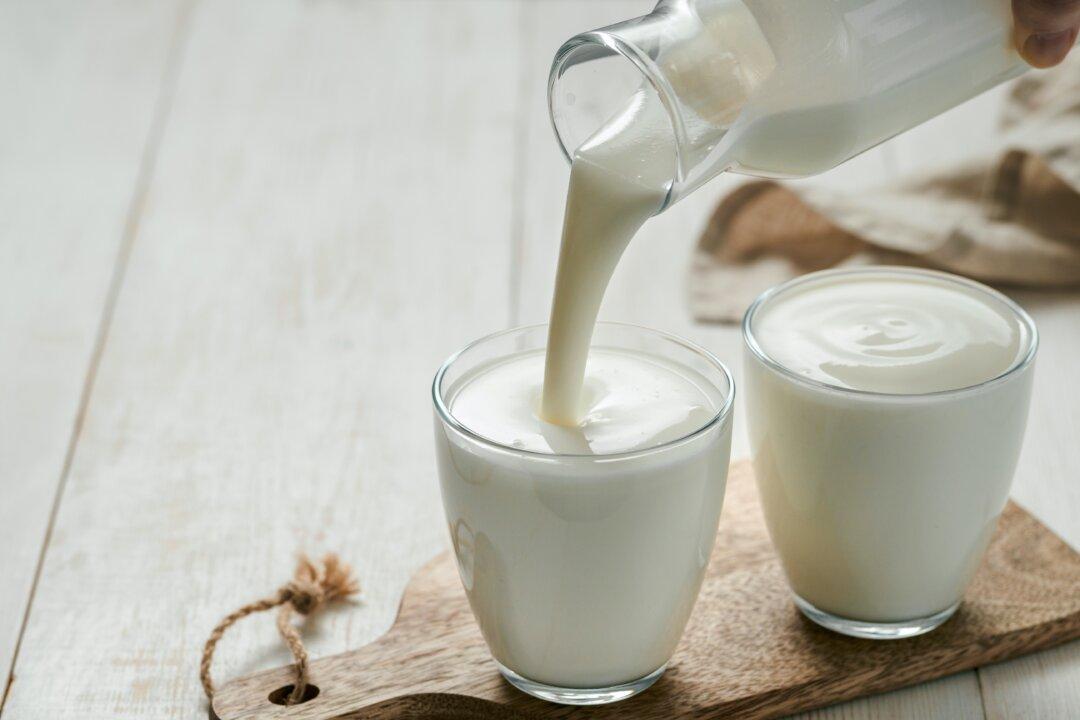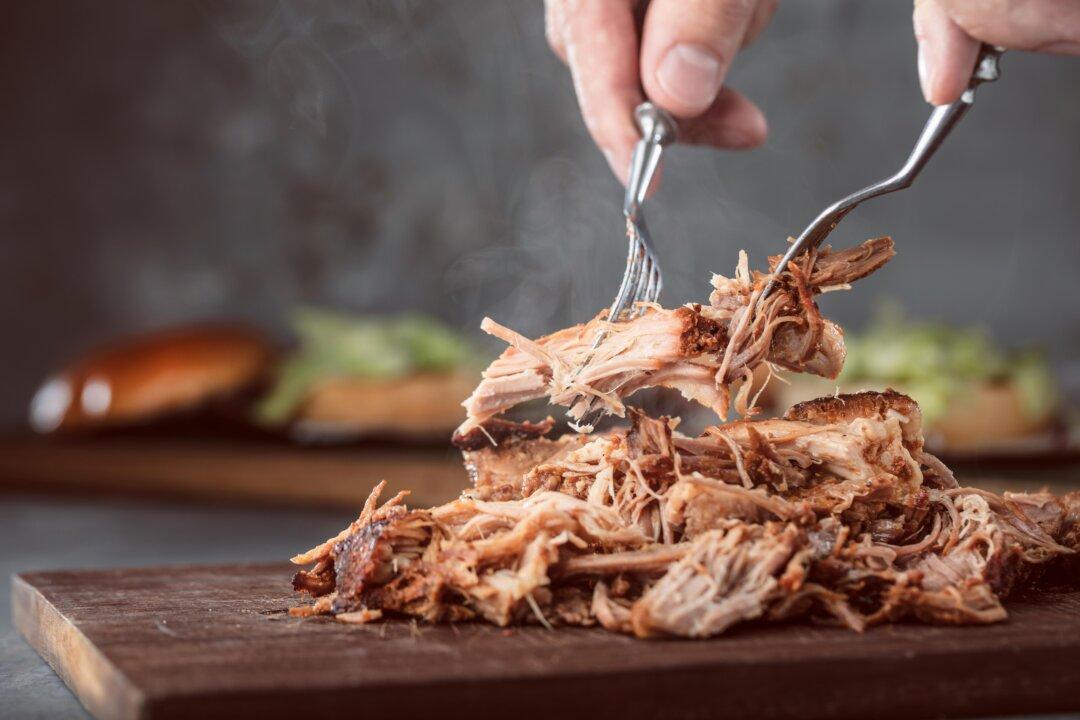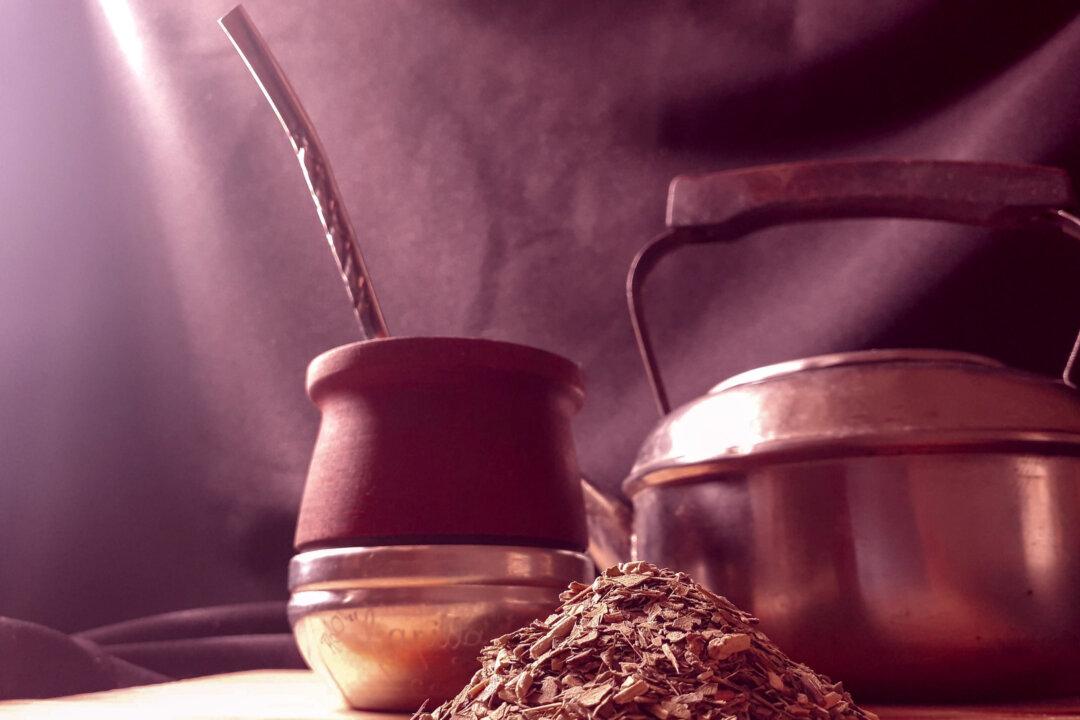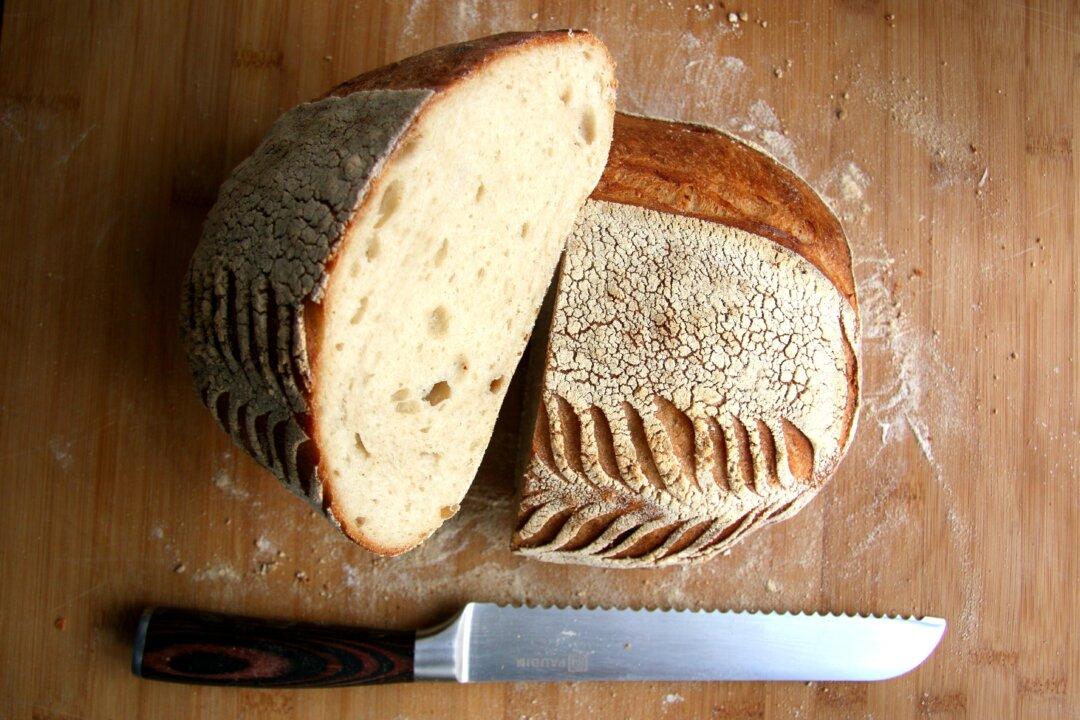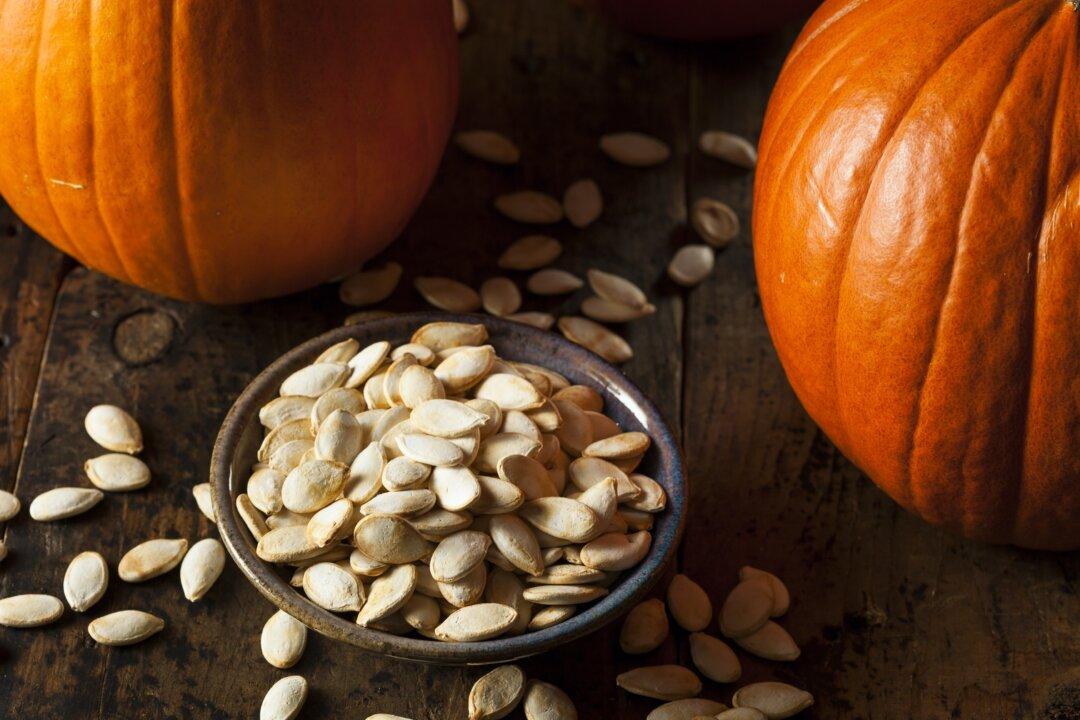My somewhat sobering review of the best and worst brands of store yogurt has apparently resulted in some folks considering a switch to homemade.
If this is your thought process too because not a single yogurt brand is optimal (grassfed, organic, non-homogenized milk, 24-hour, no additives), I would recommend slow cooker yogurt as an ideal solution.

